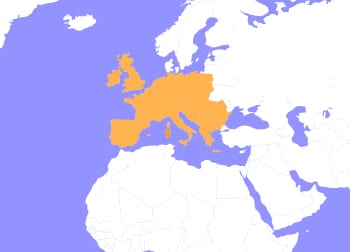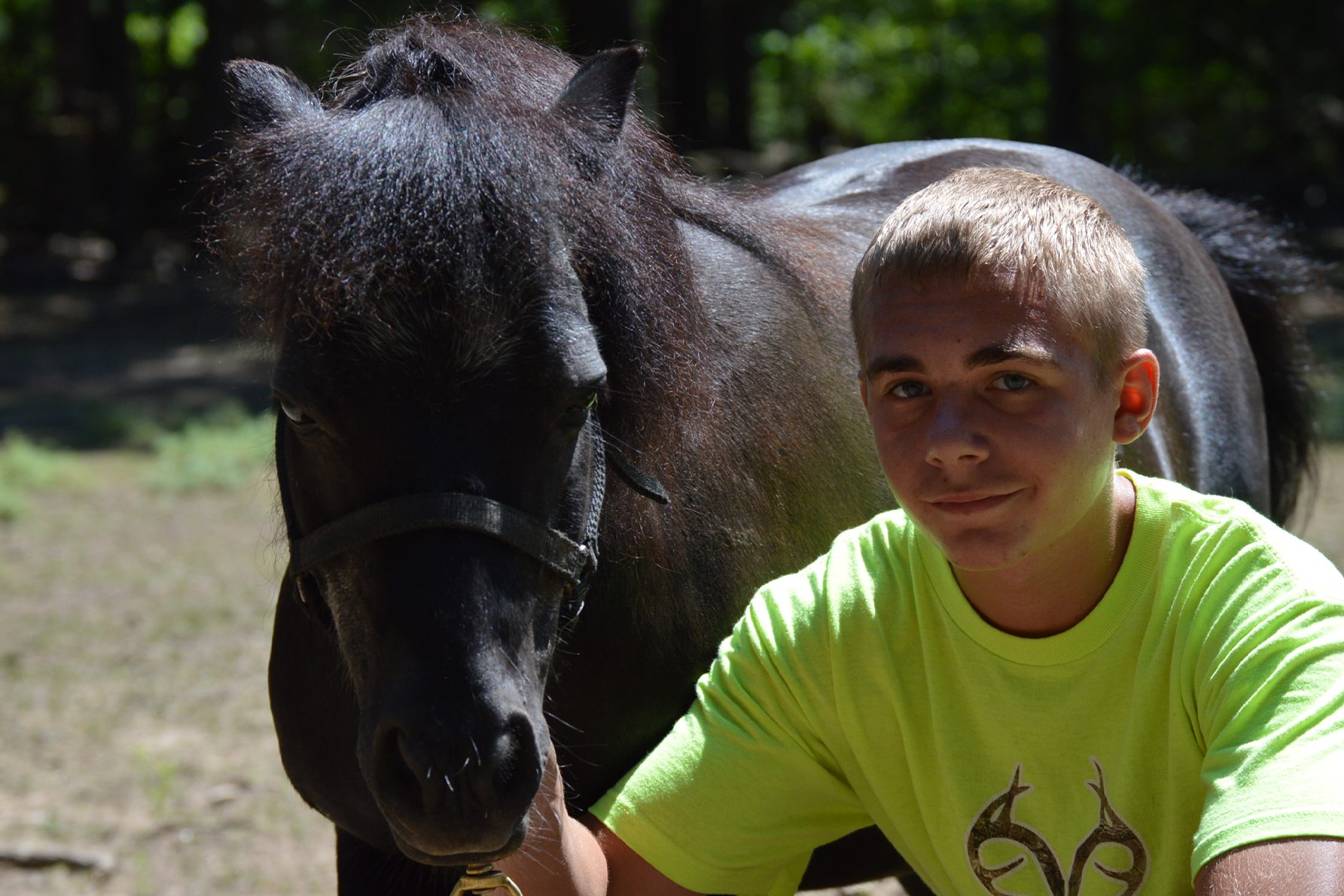Miniature Horse
Equus ferus caballus
Miniature horses are horses with a defining characteristic of their smaller height. They are widespread in many nations, particularly in Europe and the Americas, this is a result of centuries of selective breeding. There are two official registries in the United States for miniature horses: the American Miniature Horse Association (AMHA) and the American Miniature Horse Registry (AMHR). Depending on the breed registry, the height of these horses is usually less than 3 - 3.5 feet. While miniature horses fit a height-bases definition to be considered a very small pony, many retain horse characteristics. Miniature horses are generally bred to be friendly and to interact well with humans. Their temperament and social interaction makes them popular family pets.
These hard animals often live longer on average than some full-sized horse breeds, the average lifespan of miniature horses is from 25 - 35 years. However, there are some health issues more prevalent in miniature horses than full-sized horses, including obesity, dental problems, and colic. Miniature horses have found a variety of use opportunities, including horse shows and being companion animals for people with disabilities, and the elderly.
Say Hello To Cub Creek's Miniature Horses: Lil Bit, Tuck, Sierra, & Friends
Lil Bit is camp’s smallest full grown horse as a dwarf miniature horse! His beautiful white coat and auburn mane add to his unique qualities. Lil Bit has been at camp since 2005! People even remember the days when he would wander camp and be found grazing in Fox Field. Tuck came to us in July of 2011 when he was 9 years old. He lives with much of the rest of our hoofstock, though he prefers to be off on his own. He is best known around camp for his trips to the cabins for Circle of Life! Sierra is the mother to Breezy and Artemis. She came to camp in April of 2009 as a 2 year old. Her favorite activity is finding food! BluBelle was born in the Spring of 2013 to Blu and Lacey (2016). She was an adventurous and brave (baby horse) from the start! She has grown up to have a large personality that cannot go unnoticed. Artemis was born here at camp on May 6th, 2015 to Blu and Sierra. She is distinct from all the others by having a large white saddle pattern and white socks. She loves getting attention but is less fond of being told what to do.

Miniature Horses first originated in Europe. Current day, they are widely popular in North America as pets.
HABITAT -These animals thrive grazing in open grassy fields.
DIET -The majority of their diet is made up of grasses, in captivity can be supplemented with hay and horse food.
FUN FACT -Miniature horses can live up to 30% longer than full sized horses.
SOCIAL BEHAVIOR -They are social herd animals that prefer to live in a group.
ACTIVITY -Miniature horses are diurnal, being active during the day and sleeping during the evening.
PREDATORS -Predators include the American black bear, cougars, coyotes, and bobcats.
SIZE -To be a miniature horse the height cannot exceed 34 inches, weighing between 150 to 350 pounds.
RELATIVES -Relatives of the miniature horse include horses, donkeys, and zebras.
CONSERVATION -Miniature Horses are categorized as NE (Not Evaluated) species by the IUCN.
Cub Creek Animal Care Information
Housing - Our miniature horse herd thrives in open pasture environments, with lush green fields for grazing. The pastures are enclosed with fencing to keep predators out, and provide a covered area to take shelter in extreme weather. We provide automatic water dispensers that always keep fresh water for them.
Diet - The majority of our miniature horses diets consist of easy feeder stock and hay. This provides well balanced nutrition, supplemented by lush grasses they graze on. The food is provided to them in hanging food bucket containers, a feed trough, and hay feeders. Sometimes they enjoy special treats of various fruits and vegetables!
Enrichment - We love our miniature horses and provide them with plenty of enrichment. Scatter feeding is a technique we use to help make mealtimes last longer, and allows them to eat slower. Since the food is more spread out rather than in one large pile, they must do a bit more foraging. We also give them livestock balls to play with, and like to let them roam and explore outside of their regular grazing areas.


